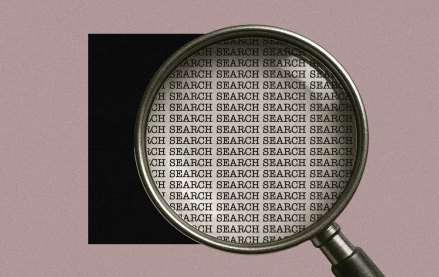Register by Jan 13 to save on passes and connect with marketers from Uber, Bose and more
Not long ago, the famed ad-tech landscape slide by Luma Partners’ Terry Kawaja came up in a conversation with an executive. He sighed. “I love Terry,” he told me. “He made a nice slide, but I just wish we’d stop talking about it.” There was an expletive too.
There’s now an attempt by publisher tech platform Audience Amplify to simplify Kawaja’s original work by putting it into “plain English” for publishers. The effort takes some radical steps, such as recasting demand-side platforms as “build me great technology to boost marketing ROI.” DMPs and audience aggregators are morphed into “offer me more targeting options.” It’s reminiscent of the approach taken by the Help line of home remedies.

Audience Amplify is using the recast chart to begin a project that will catalog the various publisher-side tools out there, as the Luma slide is heavily weighted toward the buy side, where most of the action has been. The idea of the database is to eventually become a sort of Yelp for publisher tools, according to Thomas, with the ability of fellow publishers to praise and call BS on some of the claims put out there by vendors.
More in Media

Future starts to sharpen its AI search visibility playbook
Future is boosting AI search citations and mentions with a tool called Future Optic, and offering the product to branded content clients.

Digiday’s extensive guide to what’s in and out for creators in 2026
With AI-generated content flooding social media platforms, embracing the messiness and imperfection of being human will help creators stand out in the spreading sea of slapdash slop.

Media Briefing: Here’s what media execs are prioritizing in 2026
Media executives enter 2026 weathered by disruption, but refocused on AI revenue, brand strength and video and creator opportunities.





